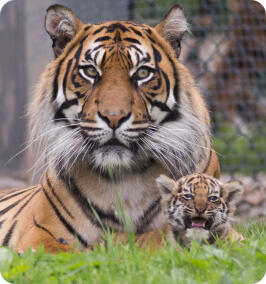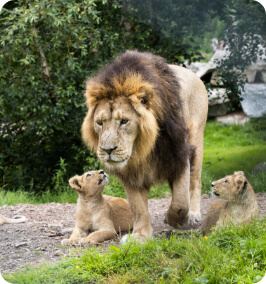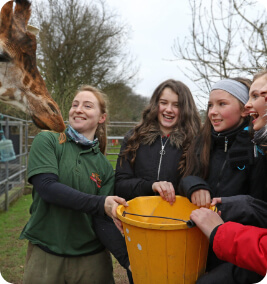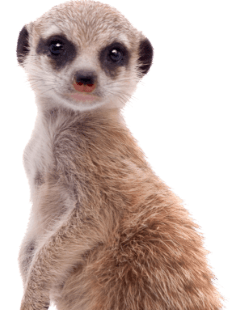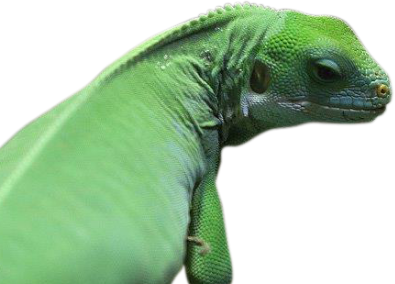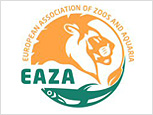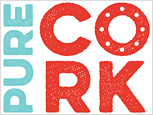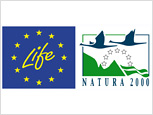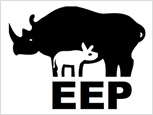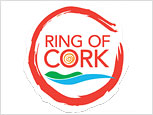Mara
KEY FACTS
-
LATIN NAMEDolichotis patagonum
-
BIOMETemperate Grasslands and Deserts
-
CLASSMammal
-
ORDERRodents
-
CONSERVATION STATUSNear Threatened
COME AND FIND ME AT..
Free Roaming

About the Mara
Often compared to a large hare or rabbit when spotted in the Park, the Mara is actually the fourth largest rodent in the world and is related to the guinea pig. Weighing over 11kg when fully grown, the animal has a brown head and body and a white-coloured belly, while long, powerful back legs allow it to reach speeds in excess of 45 kph.
Short front legs, in contrast, are ideal for burrowing, an ability that the Mara uses both to escape predators and while preparing to give birth to young.
Habitat
The Mara is most commonly found on the South American dry grasslands and thorn scrub of Patagonia (Argentina/Chile) and Paraguay.
Wild Notes
The species feeds on grasses, herbs and shrubs. It mates for life – only finding a new partner when death occurs – and generally has between one and three offspring each year. These are all born in communal dens that are designed to give the maximum collective protection.
Conservation
The Mara’s biggest threat comes from the European Hare, which was introduced to Patagonia by Mankind, and other grazing herbivores such as sheep. Although it is widely found in its native region, its populations are declining because of the loss of habitat.
Did You Know?
The Mara can be quite a social animal if raised with human interaction from a young age. However, it can also change its habits and become nocturnal to avoid interaction. Mara young are well developed at birth and can even start to graze within a day of being born.
The Fota Connection.
Like the Wallaby and Kangaroo, the Mara roams freely around Fota and is often found near the African Savannah and in the Woodland areas. The rodent has been a favourite with visitors since it first arrived in the 1990s; however, while the public can get up close to it, the Mara won’t allow anyone within touching distance. The species has bred successful in Cork to date.

